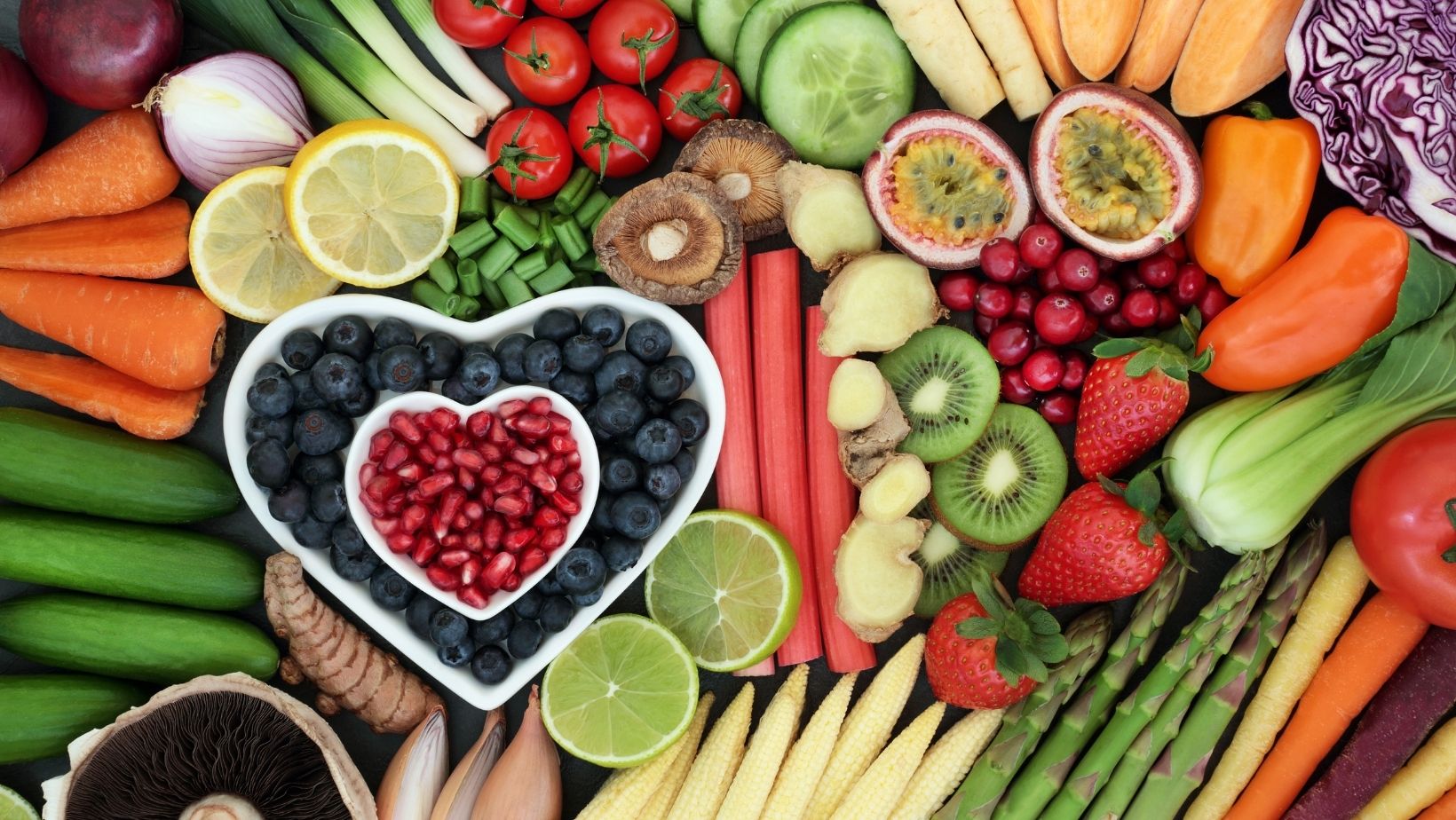Start Eating Healthier: How to Set Yourself Up for Success

The key to a healthy diet lies in ensuring that your energy intake matches your energy expenditure. You should also eat a variety of meals to ensure that you have a well-balanced diet and that your body is getting all the nutrients it needs. Making significant dietary adjustments can be daunting, but minor changes over time can lead to healthy eating becoming part of your lifestyle rather than a “diet.”
Make Healthier Choices
Every week, try at least one new healthy recipe. Try to adopt a “meat-free Monday” to help you choose from a variety of protein sources. Alternatively, experiment with fresh ingredients, herbs, and spices to create a healthier version of a favorite meal.
Most of your meals should be prepared at home with whole ingredients. Cooking from scratch is a new ballgame for some people, but it is a much healthier way to eat. Aim for at least two servings of fish every week, with at least one serving of oily fish. Never skip breakfast and stay hydrated.
Adopt a Meal Planning Strategy
This already sounds complicated, but it is easy when you have a plan! The secret to quick and easy meal preparation is to make a weekly eating plan. This makes shopping easier as well, as you know exactly what you need and are therefore less likely to buy on impulse. This saves money in the long run too!
Taking matters a step or two further, you can even adopt a different meal plan that suits your needs and lifestyle, as mentioned here. Whether you decide on banting, AIP, carnivore, keto, or paleo, there are apps and service providers that do the hard work for you. You can select a diet, and they will devise a shopping list with recipes and a customized meal plan made just for you.
Think Fresh, not Fast
Choose dishes that include a lot of fruits and veggies. At each meal, aim to fill half of your plate with vegetables and fruit. Every day, aim to eat vividly colored fruits and vegetables, particularly orange and dark green veggies. At least five servings are recommended daily.
Fresh and seasonal is best, but these can be replaced with frozen, canned (unsweetened), dried, or juiced. Some people find it difficult to imagine eating so much fruit and vegetables, but it is easier than you think. Fruit and vegetables make the perfect snacks.
Be Prepared when Snack-attacks Strike
Research shows that eating smaller meals more frequently is a healthier option. You are more likely to make unhealthy choices if you wait too long in between meals. Keep healthy snacks on hand for these emergencies. Aim for snacks that are high in protein, fiber, and healthy fats, since these can help you stay fuller for longer and make better choices at your next meal.
Snacking can also help you increase your intake of nutrient-dense foods like fruits and vegetables, which most people don’t consume enough of. Low-fat cheese, peanut butter, whole grain bread and crackers, unsalted nuts and seeds, and hummus are all great snack choices.

Cut Back on Salt
Too much salt in your diet is not good for anyone and might raise your blood pressure. High blood pressure makes you more prone to developing heart disease or having a stroke. Food like cereals, soups, bread, and sauces contain a lot of salt, which is why it is best to prepare from scratch. If you do not have the time for this, start reading food labels to understand just how much salt (and sugar) is added to processed foods.
Changing your diet completely all at once can be a recipe for disaster. Instead, consider incorporating some of the above-mentioned minor changes to improve your diet over time.
-
Quotes1 year ago
30 Inspirational Thoughts For The Day
-
Self Improvement1 year ago
7 Tips To Recreate Your Life In 3 Months And Change Your Destiny
-
Motivation1 year ago
5 Excellent Ways To Stay Focused On Your Dreams
-
Quotes1 year ago
21 Quotes About Chasing Perfection And Striving For It
-
Health1 year ago
4 CBD Products Your Dog Deserves To Have
-
Personal Finance2 months ago
How Do I Find My UCAS ID Number?
-
Entrepreneurs1 year ago
1Password Evaluation – The Highest Ranked Password Manager Out There
-
Entrepreneurs2 years ago
51 Lucrative Ways to Make Money From Home



























